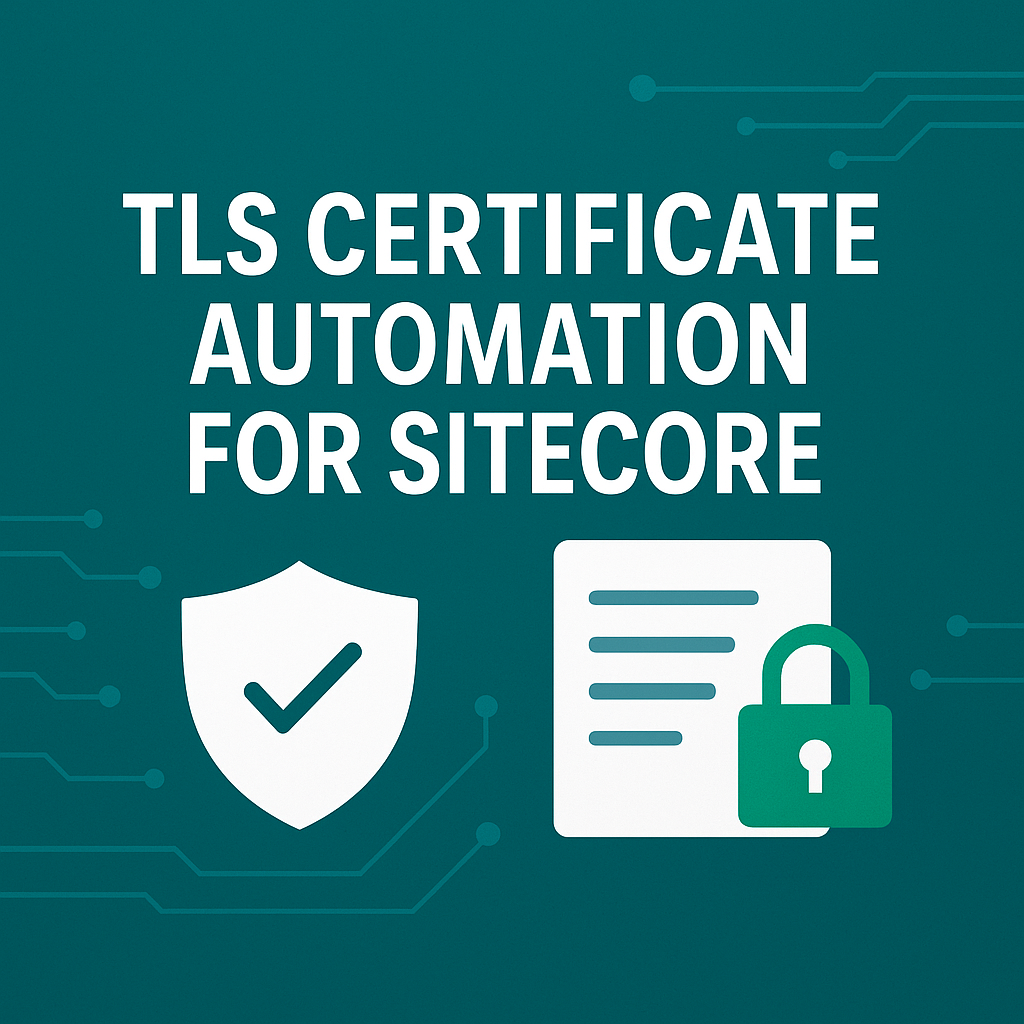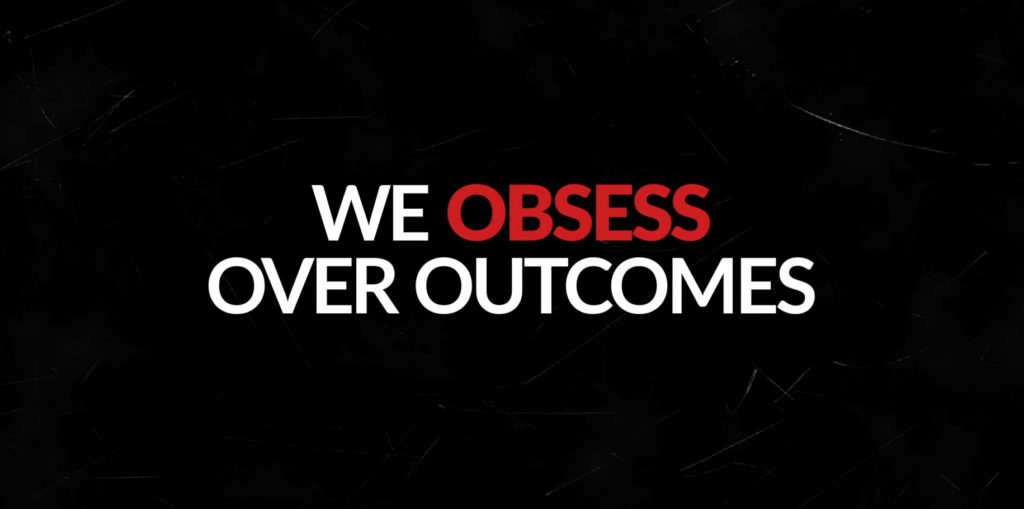Account Role Optimization is a critical process for managing account hierarchies and roles in the Salesforce Community cloud. It can help you scale your external users and minimize the number of account roles that you have to manage in a Community Portal. It allows businesses to control who has access to specific information and functionality within the Salesforce platform.
Why Account Role Optimization is important for businesses:
Let’s say, you are a company that provides a service to a variety of clients. You have a team of sales representatives who are responsible for managing these client relationships and closing deals. You also have a team of support representatives who handle customer inquiries and issues.
Without Account Role Optimization enabled, all sales representatives would have access to all client information and all support representatives would have access to all customer information. This can create confusion and potential security risks. It can lead to duplication of effort, as multiple sales representatives may be contacting the same client without realizing it.
With ARO enabled, you can define clear roles and permissions for each team and individual within the account hierarchy. For example, you can give each sales representative access only to the client accounts they are responsible for managing. You can give each support representative access only to the customer accounts they are responsible for supporting.
Finally, it allows businesses to better manage their sales and support structures, ensuring that the right people are focused on the right accounts.
How to get started with Account Role Optimization in Salesforce:
To start with Account Role Optimization in Salesforce, businesses will first define their account hierarchies and roles. This involves identifying the different teams and individuals who need access to account information. This also involves defining their roles and permissions within the hierarchy.
Next, businesses should set up sharing rules and territory management settings to control access to specific account records. This ensures that sensitive data is protected, while still allowing the right people to access the information they need.
Finally, businesses will train their teams on how to use the Account Role Optimization features in Salesforce. The business will ensure everyone understands their roles and responsibilities within the hierarchy.
Turning on ARO:
To enable it in your org, follow the way below:
In the Quick Find box search and select Sharing Settings.
In the Other Settings section, enable the “Use person role for first site user in partner and customer accounts.”
The key features and functionality of Account Role Optimization in Salesforce include:
Account hierarchies: Salesforce allows businesses to define account hierarchies that reflect the structure of their sales and support teams, ensuring that the right people have access to the right information.
Roles and permissions: Businesses can define roles and permissions within the account hierarchy, allowing them to control who has access to what information and functionality within the Salesforce platform.
Sharing rules: Salesforce allows businesses to set up sharing rules to control access to specific account records or groups of records.
Best practices for implementing and managing Account Role Optimization in Salesforce:
To effectively implement and manage Account Role Optimization in Salesforce, businesses should:
Define clear roles and responsibilities for each team and individual within the account hierarchy.
Regularly review and update the account hierarchy to ensure that it reflects the current structure of the organization.
Set up regular training sessions to ensure that all team members understand their roles and responsibilities within the hierarchy.
Monitor access to sensitive data and regularly review sharing rules to ensure that data is protected.
Use Salesforce’s reporting and analytics features to track performance and identify areas for improvement.
Conclusion
Account Role Optimization is a critical process for managing account hierarchies and roles in Salesforce. By defining clear roles and responsibilities, setting up sharing rules, and using Salesforce’s territory management features, businesses can improve communication, reduce duplication of effort, and increase overall efficiency. By following best practices for implementing and managing Account Role Optimization, businesses can ensure that they are effectively managing their sales and support structures and that the right people are focusing on the right accounts.





Leave A Comment